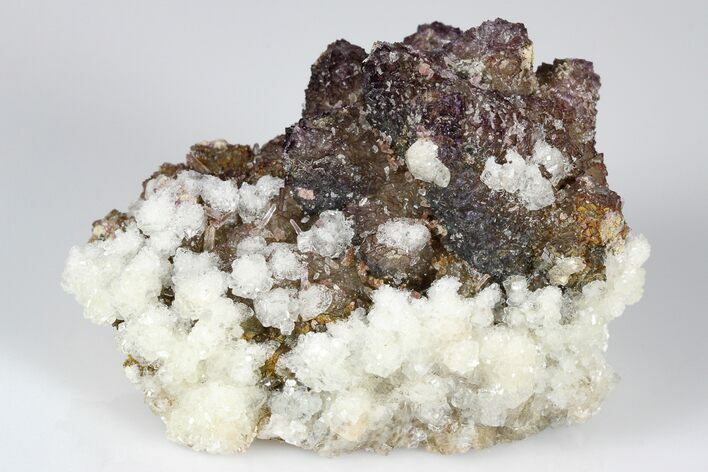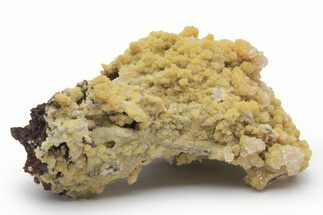This Specimen has been sold.
2.6" Fluorite, Calcite and Quartz Association - Cocineras Mine, Mexico
This is an interesting specimen of purple fluorite, calcite and quartz crystals that formed after a cluster of calcite crystals, resulting in this unique and alluring arrangement. It was collected from the Cocineras Mine in Chihuahua, Mexico.
The measurements of this specimen are 2.6 x 1.95".
The measurements of this specimen are 2.6 x 1.95".
SPECIES
Fluorite, Calcite & Quartz
LOCATION
Cocineras Mine, Santa Eulalia Distract, Chihuahua, Mexico
SIZE
2.6 x 1.95"
CATEGORY
ITEM
#183774
 Reviews
Reviews














